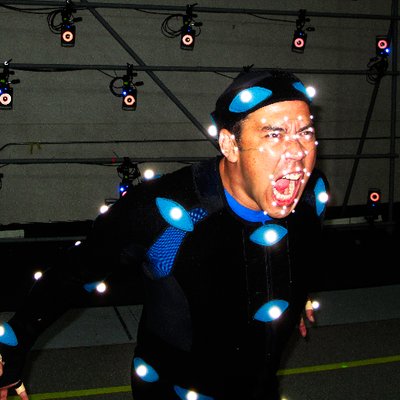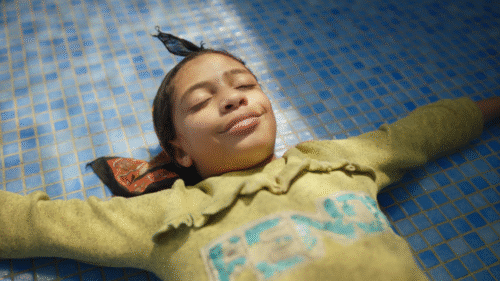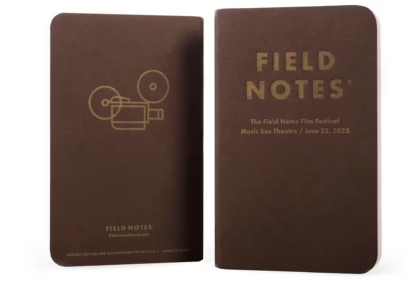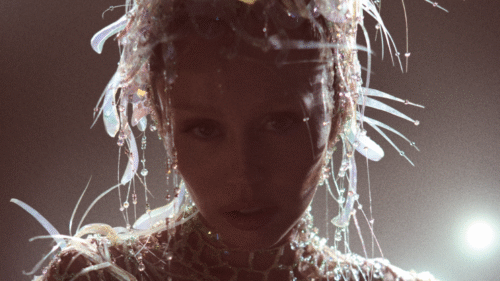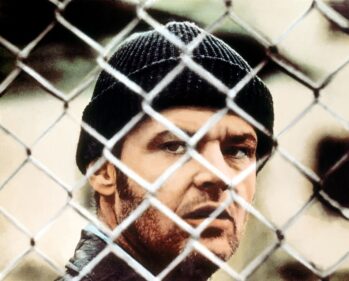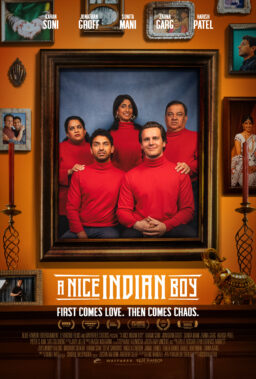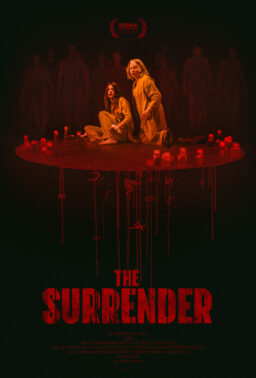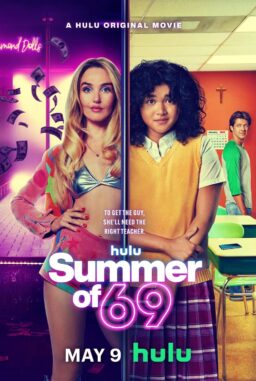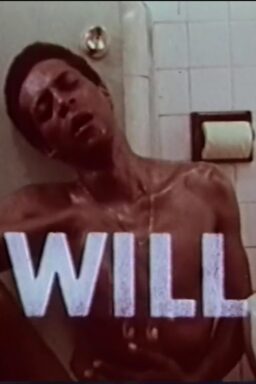Richard Dorton likes to say, “If you’ve played a video game, you’ve probably killed me.” He is one of the leading motion capture performers in more than 100 video games and movies, where he was most recently “seen” as one of the three heads of Ghidorah, the dragon in “Godzilla: King of the Monsters.”
Dorton went from Shakespeare to Scooby-Doo, studying classical theater, including stage fighting, movement, and stunts in the US and at Oxford, and then taking his first role as Shaggy and dozens of the villains in “Scooby-Doo: Night of 100 Frights.”
“It was my first audition. I was always a fanboy of animation and anime and wanted to learn about doing stunts in motion capture, which they had just done on ‘Titanic.’ From that it just exploded, and I had to play Shaggy and Dracula, Frankenstein, and the gorilla, and every character had a different posture and walk. That led to the next game which was ‘Star Wars: Rogue Squadron 2’ where I got to play Darth Vader, one of the first people to play Darth Vader in a video game.”
He teaches students motion capture acting, now. “I tell my students you have to be fanboys and fangirls of this world, of this genre. You have to know movies and games and comics and anime. You have to know ‘Lord of the Rings,’ you have to know ‘Star Wars,’ you have to know monsters. That’s your research. I grew up on movies, all the great action films of the 80’s, ‘Friday the 13th,’ Freddy Kruger. I am a fan—you ask me to do research? I know those characters!”
Some of those characters wear helmets, like Pyramid Head from “Silent Hill: Homecoming” and Darth Vader, and that affects the way the character stands and moves as well. “You’re not relying on the face or the voice but you have to find ways to make a physical impact and tell the story.”
When he first did motion capture, the technology could only handle one person at a time. “When I started, I would have to play all the characters. I would play characters talking to myself or even fighting with myself or multiple characters in a scene. I would have to choreograph it and remember who I was talking to and what I was saying and where to look and where to punch or duck or get hit. Now I can work with other actors, up to 20 at a time.”
In the early days, he could not even cross his arms because of all the markers. Now, the technology has improved so that the only restrictions on movement are those in the character and storyline. “You can even put your hands in your pockets. No matter what, you never let the technology interfere with your performance.”
Like any other kind of acting, he says, “It’s performance and it’s a collaborative art. I can’t be any good unless I have animators who know how to deal with my data and help bring my performance to life.”
He’s the head on the left in his Ghidorah performance, and each of the heads had a different personality. “He’s become a meme—Kevin the left head,” Dorton said. “I’m the curious one. I don’t just find my food and eat it—I have to look at it and play with it a little bit.” As he said that, he almost subconsciously slipped into dragon-head mode, shifting his shoulders and peering at some imaginary hapless creature about to be devoured. “It’s incredible to see where the technology has taken us, from Scooby-Doo to Ghidorah.”
Dorton loves his work. “Motion capture is pure imagination. If you’re willing to cry, spit, and scream as an actor, you have to be willing to do that in motion capture as well. It’s more raw. You’re in pajamas with markers on; you have no set or environment. If you can do that, you’re a good actor.”

